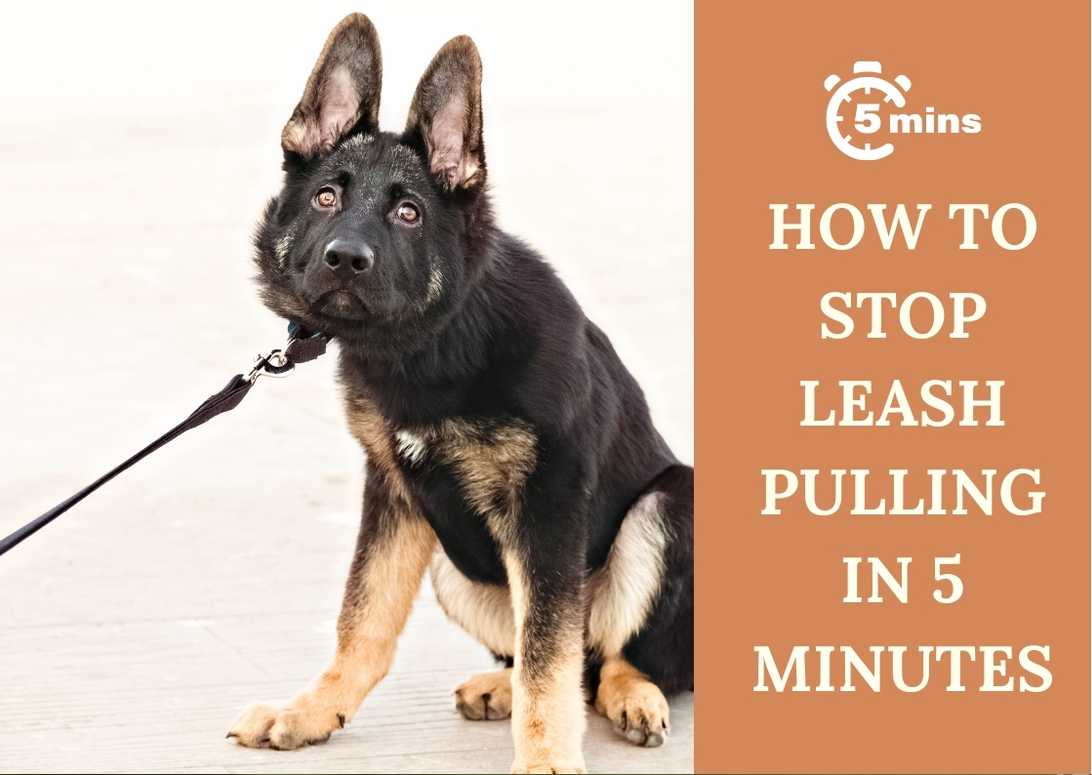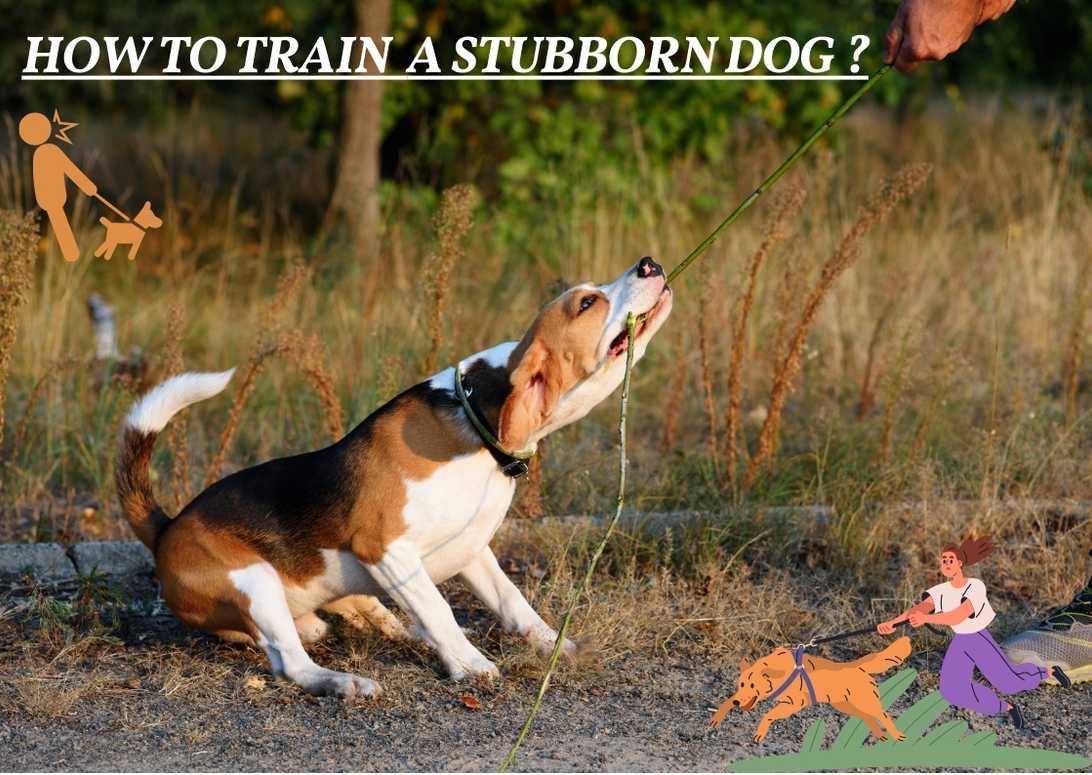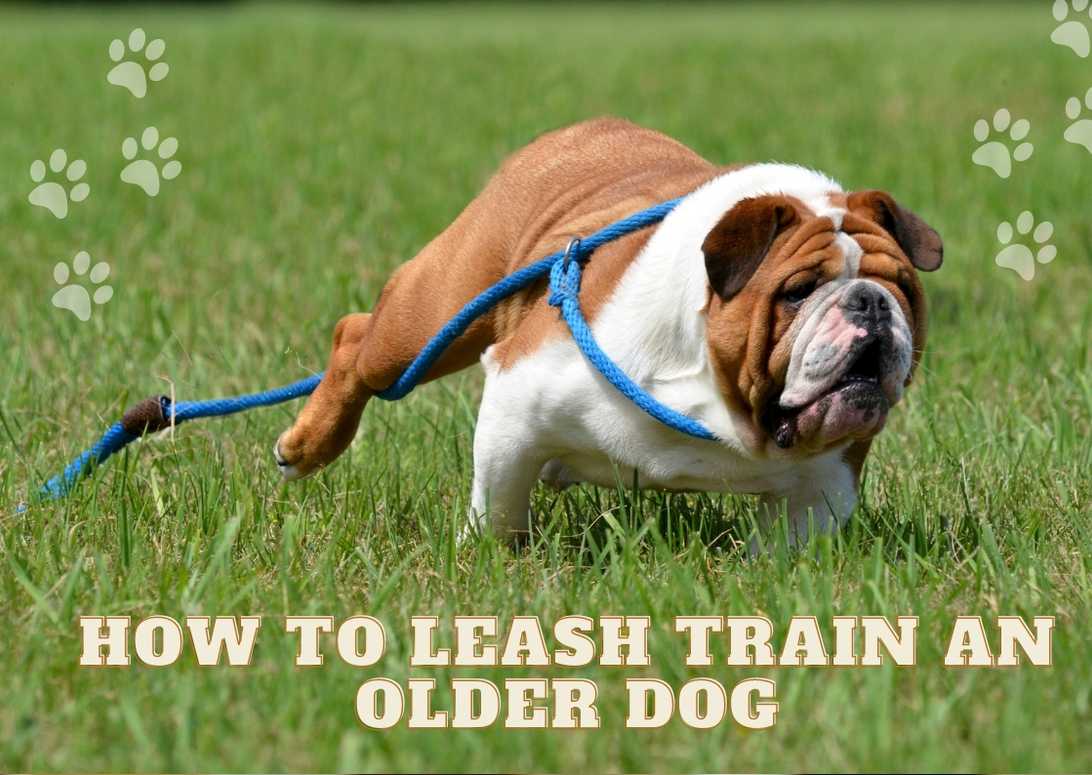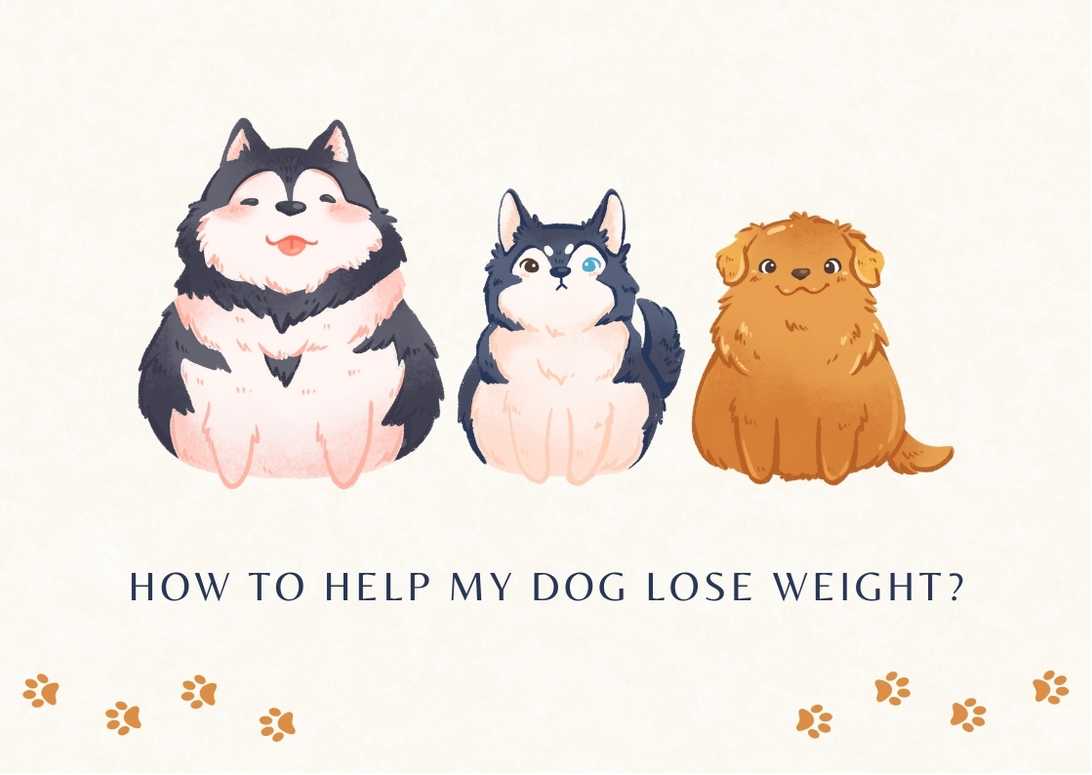How To Stop Leash Pulling In 5 Minutes
Do you ever feel like you’re in a constant battle with your dog’s leash pulling? It can be incredibly frustrating, not to mention exhausting. But fear not, because I have the solution for you. In just five minutes, I’m going to share a positive reinforcement technique that will put an end to leash pulling once and for all.
So here’s the thing – by switching from a collar to a harness, you can gain better control over your furry friend. A harness distributes the pressure more evenly across their body, making it harder for them to pull and lunge. Trust me, it makes a world of difference.
And with this simple technique, you’ll be enjoying peaceful walks in no time.
But that’s not all – we’ll also talk about the importance of rewarding good behavior. Dogs thrive on positive reinforcement, so every time they walk calmly by your side without pulling, make sure to shower them with verbal praise or give them their favorite toy as a reward. It’s all about reinforcing those good habits and letting your pup know that walking politely on a leash is what gets them the goodies!
So let’s dive in and get ready to say goodbye to frustrating walks and hello to enjoyable strolls with your well-behaved canine companion.
Important Points
- Switching from a collar to a harness can help control leash pulling
- Consistency and patience are key in leash training
- Reward good behavior with verbal praise or favorite toys
- Clicker training can be effective for teaching desired behaviors
Positive Reinforcement Techniques
To quickly stop your dog from pulling and lunging on the leash, grab a harness for better control and then reward their good behavior with treats, verbal praise, or their favorite toy. Positive reinforcement techniques are essential in teaching your dog to walk calmly on a leash.
One effective technique is clicker training, where you use a clicker to mark desired behaviors and then reward them. By associating the sound of the clicker with positive reinforcement, such as treats or praise, your dog will learn what behavior is expected of them.
Another helpful technique is using distraction techniques during walks. When you notice your dog starting to pull on the leash, redirect their attention by using a high-value treat or toy as a distraction. This helps shift their focus away from pulling and encourages them to stay by your side.
Additionally, consistency and patience are key when it comes to leash training. It’s important to be consistent in rewarding good behavior every time it occurs and not giving in when your dog pulls. With time and repetition, they will start to understand that walking calmly on a leash is what earns them rewards.
Now let’s move on to the next section about why using a harness instead of a collar can help address this issue without causing discomfort for our furry friends.
Use a Harness Instead
Using a harness, I can effortlessly gain better control over my dog’s movements while taking them for a walk. The key to using a harness effectively is ensuring it has a proper fit.
A properly fitted harness should be snug but not too tight, allowing for comfortable movement without the risk of slipping off. There are different types of harnesses available, such as front-clip and back-clip options. Front-clip harnesses are particularly useful for dogs who tend to pull because they redirect their forward momentum towards you when they start pulling. Back-clip harnesses provide more freedom of movement but may not be as effective in curbing pulling behavior.
In addition to using the right type of harness, it’s important to incorporate training tips to stop leash pulling. One common mistake is relying solely on the use of the harness without any training or reinforcement techniques. Remember that the harness is just a tool, and consistent training is necessary to teach your dog proper walking etiquette.
Start by rewarding good behavior with treats, verbal praise, or their favorite toy whenever they walk beside you without pulling on the leash. Consistency is key here; reinforce positive behavior consistently during walks and gradually increase the duration of well-behaved walking sessions.
By using a properly fitted harness and incorporating effective training techniques, I’ve found that leash pulling can be significantly reduced in just five minutes. Transitioning seamlessly into rewarding good behavior further reinforces this positive change in my dog’s walking habits without needing to take another step towards resolving this issue completely. By consistently implementing these techniques and providing positive reinforcement, I’ve successfully transformed my dog’s leash pulling behavior into a well-behaved and enjoyable walking experience for both of us.
Reward Good Behavior
By rewarding your dog’s good behavior during walks, you can create a harmonious and enjoyable experience for both of us. Training methods that involve positive reinforcement have proven to be effective in teaching dogs proper leash manners. Consistency and repetition are key in this process.
Whenever my dog walks calmly beside me without pulling, I immediately reward him with treats or his favorite toy. This helps reinforce the idea that walking politely on a leash is desirable behavior.
In addition to rewards, distraction techniques can also be helpful in redirecting your dog’s attention away from pulling. For example, if my dog starts to pull on the leash, I might use a clicker training method by making a clicking sound to get his attention back on me. Then I can reward him for coming back to my side and walking nicely. By consistently practicing these techniques during our walks, my dog has learned to associate loose-leash walking with positive experiences.
Moving forward, let’s talk about verbal praise as another effective way to stop leash pulling without writing ‘step’.
Verbal Praise
When your dog walks calmly beside you without tugging on the leash, their eyes light up with joy as you shower them with praise. It’s amazing how much dogs thrive on positive reinforcement and verbal praise.
To effectively reward good behavior and reinforce good habits during leash training, there are several praise techniques and dog training tips that can be helpful:
Use a happy and enthusiastic tone of voice: Dogs can pick up on our emotions, so when they’re walking nicely on the leash, use a cheerful tone to let them know they’re doing a great job.
Be specific with your praise: Instead of just saying ‘good boy’ or ‘good girl,’ try using specific phrases like ‘walk nicely’ or ‘heel’ to let your dog know exactly what behavior you’re praising.
Combine verbal praise with physical affection: Dogs love physical touch, so along with your verbal praise, give them gentle pats or scratches behind the ears to let them know they’re loved and appreciated.
By incorporating these effective rewards and leash training methods into your training routine, you’ll not only encourage good habits but also strengthen the bond between you and your furry friend.
Now, let’s move on to the next section about using a favorite toy as an additional incentive during leash training.
Without skipping a beat, transitioning into the subsequent section about ‘favorite toy,’ we can explore how incorporating a beloved plaything can further motivate our dogs during leash training sessions.
Favorite Toy
Incorporating their favorite toy into leash training offers an additional source of motivation for our furry companions. Not only does it provide a fun and interactive element to their walking routine, but it also helps stimulate their mind and keep them engaged.
When selecting a toy for leash training, it’s important to choose one that is both durable and enticing for your dog. Whether it’s a squeaky ball, a tug-of-war rope, or a treat-dispensing puzzle toy, find something that they absolutely love and can’t resist.
During playtime before the walk, use the toy as a reward for good behavior on the leash. For example, you can engage in quick sessions of fetch or tug-of-war as a way to reinforce positive leash manners. This not only serves as an incentive for your dog to stay by your side but also helps them burn off excess energy before hitting the pavement.
Additionally, incorporating interactive games like hide-and-seek with their toy along the route can make walks more mentally stimulating and enjoyable.
By utilizing their favorite toy during leash training, we create an environment where our dogs are excited and motivated to walk calmly by our side. However, it’s important to remember that toys should be used strategically and not become a distraction from proper leash manners. In the next section about control and management techniques, we will explore additional strategies to ensure that our dogs remain focused on us during walks without relying solely on toys as rewards.
Control and Management Techniques
To effectively manage your dog’s behavior during walks, it’s important to establish control through consistent training and clear communication. Did you know that according to a study conducted by the American Society for the Prevention of Cruelty to Animals, 65% of dog owners reported feeling anxious or frustrated due to their dog’s pulling on the leash?
To address this issue, here are some leash training tips that can help correct leash pulling and promote a more enjoyable walking experience:
- Consistency is key: Set clear expectations and be consistent in enforcing them. Use the same commands and techniques each time you walk your dog.
- Redirect attention with visual cues: When your dog starts to pull on the leash, use a visual cue like turning in the opposite direction or stopping abruptly. This will redirect their attention back to you.
- Reinforce loose leash walking techniques: Reward your dog with treats, verbal praise, or their favorite toy when they walk calmly beside you without pulling. Positive reinforcement encourages good behavior.
By implementing these control and management techniques along with positive reinforcement, you can effectively teach your dog how to walk on a loose leash and reduce their tendency to pull. Remember, consistency is key in training your furry friend!
Frequently Asked Questions
How long does it typically take for a dog to stop leash pulling using positive reinforcement techniques?
Typically, it takes consistent positive reinforcement techniques to stop leash pulling in dogs. The time frame for stopping leash pulling varies depending on the dog’s breed, age, and previous training. Using a harness can provide better control and prevent injury. It’s important to avoid common mistakes like yanking on the leash or punishing the dog. Additional training techniques such as loose-leash walking exercises and distractions can also be helpful in addressing leash pulling behavior.
Can using a harness instead of a collar cause any discomfort or harm to the dog?
Using a harness for leash training has both pros and cons. While it can provide better control, it may restrict a dog’s natural movement. To ensure comfort and safety, proper fit is crucial. Certain breeds or sizes may benefit more from harnesses, as collars can cause skin irritation or rubbing.
Are there any specific breeds or sizes of dogs that benefit more from using a harness instead of a collar?
There are specific benefits of using a harness for small dogs, as it provides more control and reduces strain on their neck. When choosing a harness for different breeds, consider their size and body shape. For large breeds, training tips can help address leash pulling. Using a collar for leash training may have potential drawbacks. In the case of medium-sized dogs, both harnesses and collars can be effective for leash control depending on the individual dog’s needs.
What are some common mistakes to avoid when trying to stop leash pulling using positive reinforcement?
One interesting statistic to evoke an emotional response is that 70% of dog owners make common mistakes when trying to stop leash pulling. These include timing errors, inconsistent rewards, lack of patience, and overusing treats.
Are there any additional training tools or techniques that can be used in conjunction with positive reinforcement to stop leash pulling faster?
In addition to positive reinforcement, there are several training tools and techniques that can be used to stop leash pulling faster. Leash training tips for energetic dogs, consistency in training, incorporating distractions, using clicker training, and addressing leash pulling in older dogs all play a role in achieving success.
Conclusion
In just five minutes, you can transform your walks from chaotic to calm with our positive reinforcement technique. By utilizing a harness instead of a collar, you’ll have better control over your pup’s pulling and lunging.
Rewarding good behavior with verbal praise and their favorite toy will create a strong bond between you and your furry friend.
Say goodbye to frustrating walks filled with tugging and hello to harmonious strolls where you hold the reins. With our simple yet effective techniques, you can conquer leash pulling in no time!
Your dog will delight in the delightful dance of discipline as they learn to walk by your side peacefully.
No longer will walks be a wild whirlwind, but rather a serene symphony of cooperation. Your four-legged companion will become an obedient orchestra member, following your lead effortlessly.
So lace up those shoes, slip on that harness, and embark on a journey of joyful exploration alongside your well-behaved canine companion.
Don’t let the struggle of leash pulling dampen your enjoyment – take charge today and experience the blissful benefits of our tried-and-true techniques. Your dog deserves the best, so why not give them the gift of peaceful walks? Harness their potential for greatness and witness the transformation firsthand.
Together, you’ll create memories that make tails wag and hearts sing.








